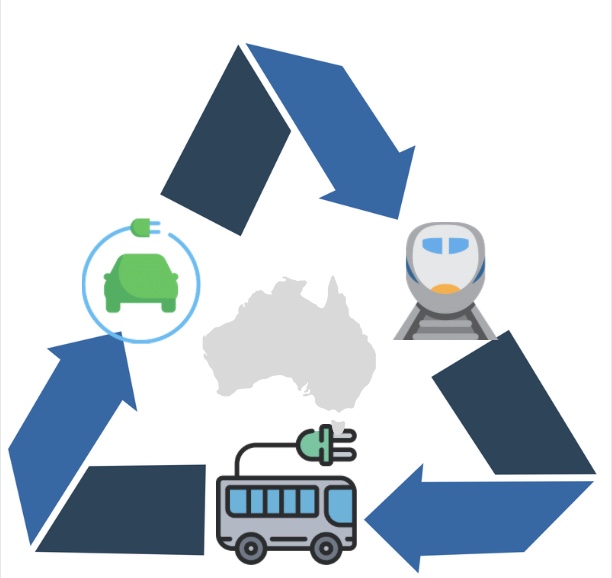
Sustainable Transport: Where can it take us?
This blog is about my personal journey to making more sustainable transport decisions.
Where I started:
As a university student, my mind is constantly fuzzy with assignment due dates, exam schedules, part-time work, my health and in between all of that, maintaining a social life. Sustainability was not something I consciously thought about. But I had pondered the sustainability of my classic ‘uni student’ lifestyle, which was notorious for inflicting burnouts at the end of each semester. In 2019, during my second year at university, my schedule was hectic. I needed to find a way to be more conscious about my decisions and actions.
I realized I had to make a change, I needed to find ways to manage my responsibilities, so I could reduce the implications to my health. This led me to analyse my habits and in return focus more broadly on how my behaviours not only impacted me and my family, but also the environment.
I was constantly on the move, with places to be and people to see. I was burning through fuel, which meant I was burning through money and I’m not ashamed to admit that my transition to more sustainable travel, stemmed from my need to save some cash. I was extremely reliant on my car; I did not have a go card and had no idea how to use Brisbane’s public transport system. I would rather have chosen to pay $35 for parking, if it meant I’d save myself a train trip.
Even more so, I had no idea how I was contributing to the environmental impacts of Australia’s transport system.
How my habits impacted the environment:
It turns out, that transport is Australia’s third largest source of greenhouse gas emissions, and in relation to international countries, Australia is ranked as second worst for transport energy efficiency. Cars are primarily responsible for almost half of Australia’s transport emissions, emitting about the same as Queensland’s entire coal-fuelled electricity supply.
This wasn’t surprising to me, figuring that I had fallen into the trap that many Australians had fallen into before: The ease of driving.
The average Australian car travels around 13,500km per year, which equates to emitting 2.5 tonnes of carbon dioxide (CO2) into the atmosphere.
1 litre of petrol = 2.3kg of CO2 emissions. This means, that every time I filled up my car (roughly once per week) I was contributing over 88kg of CO2 per month and way over 1000kg each year. I’m just one person!
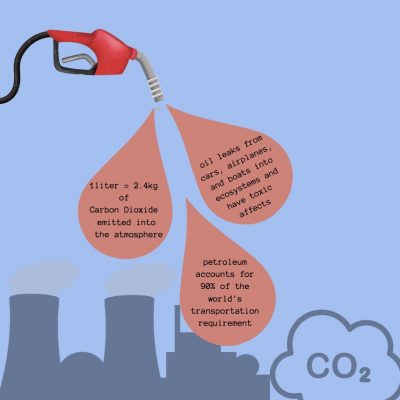
CO2 emissions
Carbon dioxide in natural quantities is vital to the survival of our global environment, but in large quantities, can have adverse effects to our atmosphere, vegetation and animals. It largely contributes to global warming and in 2021, carbon dioxide levels are higher than at any point in the last 800,000 years.
On an individual level, reducing carbon dioxide emissions caused by transportation is quite simple, albeit it does involve conscious behaviour changes. Some solutions are accessible for the common Australian, while others are more or less out of reach. There are two main ways Australia can reduce transport emissions:
- By providing viable alternatives to driving, such as expanding access to reliable and comfortable public transport
- Electrifying and powering cars, buses, trains and trams with 100% renewable energy
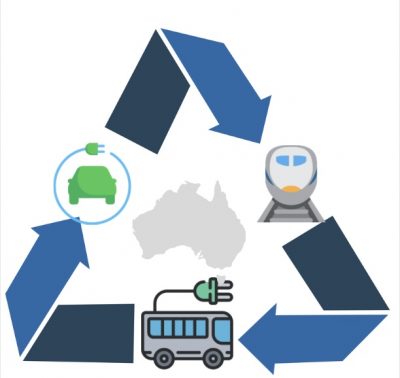
These two main solutions involve multiple stakeholders. As individuals, our ability to use public transport is attainable, however the power to increase its accessibility and reliability generally lies out of our jurisdiction. A similar concept applies to the second solution. Whilst we can purchase electric cars, the power to transform Australian public transport into electric vehicles, is somewhat out of reach. We can advocate and persuade, but the final decision is not necessarily ours.
This means, we must focus on what we can do now and how we can encourage change in Australia in the future.
How I made change (and how you can too!):
In 2019, when I first started this journey, to make sure the changes I made were long-term, I developed goals that gradually increased in challenge over time.
The first thing I decided to change, was how I travelled to university. I live in the inner suburbs of Brisbane and in close proximity to UQ’s Saint Lucia campus. Initially, I tried carpooling with friends, but this became difficult when schedules changed, and I was left picking up my car keys once again. So, I decided to try riding a bike, which decreased my reliability on other people. Whilst this was a difficult change at first, it became something I looked forward to. I found enjoyment out of riding along the Brisbane river, it was calming and a great way to start my day!
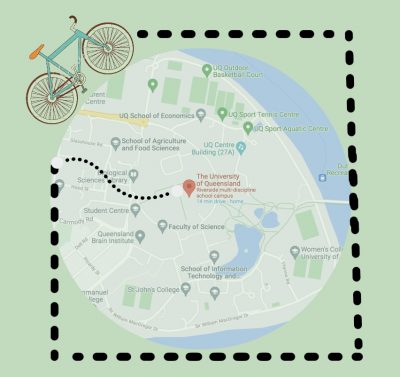
Bike riding
One of the bigger changes I made, was purchasing a go card and travelling by train or bus to and from work. This decreased time spent in traffic, fuel used, and parking paid. It also reduced the individual number of emissions I was contributing into the atmosphere.
Both of these changes are relatively simple to do, and you don’t have to go all in at once. Leaving the car keys at home and opting for the train two times per week, is a great step forward.
I found that these changes improved my lifestyle. Riding a bike counted towards my exercise for the day, which meant I didn’t need to find time for the gym. Travelling by train or bus, provided me with downtime I could use to study. I utilised my time well, and my schedule became a little more manageable.
While the initial changes I made back in 2019 remain a part of my daily life, in 2021 my partner and I decided to take a big step towards renewable energy this year, by selling both of our cars to purchase one electric vehicle to share between us. This was a big step towards reducing our carbon footprint and our goal of using more natural resources to power our lifestyle.
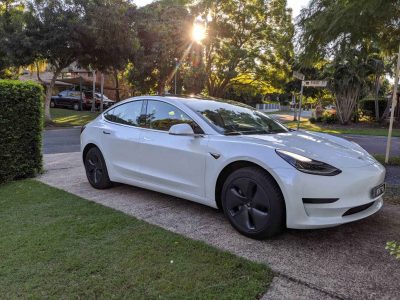
Whilst Australia has goals to improve the sustainability of our public transport systems and cities by 2030, why not start now and implement a few small sustainable transport changes into your life.
You could:
- Walk to nearby destinations
- Ride a bike
- Carpool with friends
- Utilise public transport such as trains and buses
At the end of the day, little changes are better than no change at all when it comes to sustainable practices.
References:
Council, C. (2017). TRANSPORT EMISSIONS: DRIVING DOWN CAR POLLUTION IN CITIES. Retrieved from Climate Council : https://www.climatecouncil.org.au/wp-content/uploads/2017/09/FactSheet-Transport.pdf
Lamb, S. (2018). How does carbon dioxide effect the environment. Retrieved from Sciencing : https://sciencing.com/carbon-dioxide-affect-environment-8583965.html
RAC. (2021). Cars and the environment . Retrieved from RAC: https://rac.com.au/about-rac/advocating-change/sustainability/cars-and-the-environment
